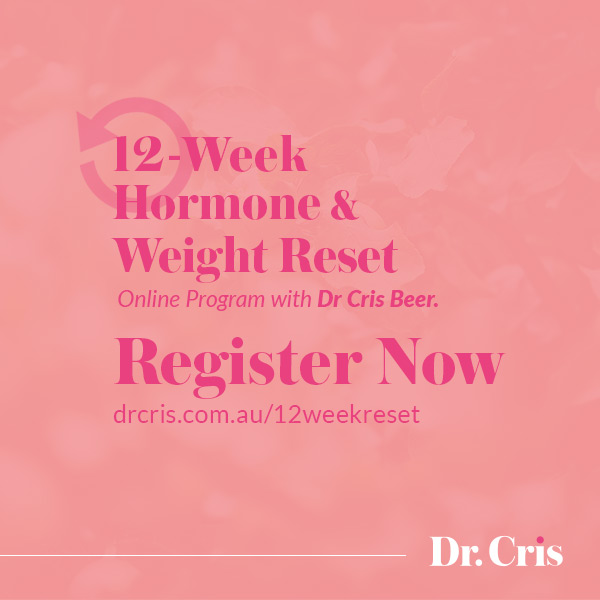Our body needs oxygen!
This might seem like an obvious statement but by observing how shallow many of us breathe you would think we did not realise how much we need this vital element. Every cell in our body requires oxygen for a process known as cellular respiration. Of particular note are mitochondria, which are the powerhouses of our body as they produce energy from oxygen. When oxygen as a core ingredient is missing the result is fatigue, muscle aches, and a range of other potentially debilitating symptoms.
The key is to first learn how to deep breathe and then practise this often in order to well oxygenate your tissues.
What Is Deep Breathing?
Deep breathing involves moving air into the lower regions of your lungs instead of just the upper regions. This results in all regions of your lungs being well aerated and therefore able to absorb the maximal amount of oxygen.
The opposite of deep breathing is shallow breathing. When we shallow breathe the lowest portion of the lungs, which is where many small blood vessels instrumental in carrying oxygen to cells reside, do not receive enough oxygen. This can make you feel short of breath and even anxious. Also, not only can shallow breathing lead to reduced oxygen absorption into our bloodstream but it also can put us at risk of lower lung infections such as pneumonia.
How Do You Know If You Are Deep Breathing?
Deep breathing is also known as diaphragmatic breathing, abdominal breathing, or belly breathing. That is, when you breathe deeply, the air coming in through your nose fully fills your lungs, and you will notice that your lower belly rises. This is because the act of deep breathing engages the diaphragm, a strong sheet of muscle that divides the chest from the abdomen. As you breathe in, the diaphragm drops downward, pulling your lungs with it and pressing against abdominal organs to make room for your lungs to expand as they fill with air. As you breathe out, the diaphragm presses back upward against your lungs, helping to expel carbon dioxide.
Shallow breathing reduces the diaphragm’s range of motion. This means that our belly does not rise in the case of shallow breathing; instead our chest and shoulders rise.
Deep abdominal breathing encourages full oxygen exchange; that is, the beneficial trade of incoming oxygen for outgoing carbon dioxide. Not surprisingly, this type of breathing slows the heartbeat and can lower or stabilise blood pressure.
Health FACT . . . . . . . . . . . . . . . . . . . . .
Did you know we breathe in and out around 300 times per day? That is around 8 million times in our lifetime.
Deep Breathing to Beat Anxiety
Our stress-and-anxiety nervous system, the sympathetic nervous system, is activated by shallow breathing. When we take small, shallow breaths our body thinks that we are in a state of alarm. The result is an elevation in heart rate, breathing rate and blood pressure. Along with this our brain starts to feel anxious and tense. Conversely, our ‘de-stress’ nervous system, the parasympathetic nervous system, is
able to be activated by deep breathing. As a result our blood pressure, heart rate and breathing rate reduce. We feel calmer and less anxious. In essence, our sympathetic and parasympathetic nervous systems are acting in a tug-of-war. When one is active, the other is less active, and vice versa. If you are feeling tense, anxious or stressed start by taking ten slow, deep breaths.
How to Deep Breathe Properly
Learning to deep breathe takes a little practice and self-observation. Firstly, find a comfortable, quiet place to sit or lie down. Start by observing your breath. First take a normal breath. Now try taking a slow, deep breath. The air coming in through your nose should move downward into your lower belly. Let your abdomen expand fully. Now breathe out through your mouth (or your nose, if that feels more natural). Alternate normal and deep breaths several times. Pay attention to how you feel when you inhale and exhale normally and when you breathe deeply. Shallow breathing often feels tense and constricted, while deep breathing produces relaxation.
Now practise deep breathing for several minutes. Put one hand on your abdomen, just below your belly button. Feel your hand rise about an inch each time you inhale and fall about an inch each time you exhale. Your chest will rise slightly, too, in concert with your abdomen. Remember to relax your belly so that each inhalation expands it fully. Count for four seconds as you breathe in, then pause as you hold the breath in for two seconds, and then breathe out for three seconds. Repeat this process ten times for maximal effect. Do this every time you are feeling anxious, stressed, fatigued, or simply need to think a little more clearly. Your body will thank you for the extra oxygen by making you feel great!
#healthyhabits
Dr Cris
Holistic Medical Doctor
Author ‘Healthy Habits, 52 Ways to Better Health‘ and Healthy Liver



